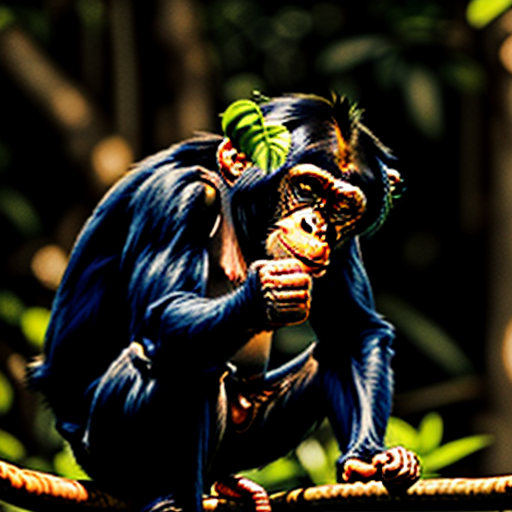
Deforestation Drives Chimpanzees to Seek Alternative Nutrient Sources
- Budongo Forest in Uganda has witnessed a decline in palm trees due to deforestation for tobacco cultivation.
- Chimpanzees, along with other animals, rely on these trees for essential minerals.
- In response to the loss of palm trees, chimpanzees have turned to alternative sources of sodium and nutrients.
Chimpanzees Consume Bat Guano, Posing Disease Risks
- A study published in Communications Biology reveals that chimpanzees have been observed consuming bat guano for its mineral content.
- Bat guano has been found to contain high levels of viruses, including relatives of the SARS coronavirus.
- This behavior poses a potential threat for disease transmission between chimpanzees and humans, as chimpanzees can transmit pathogens through contact.
Addressing the Issue and Protecting Forests
- Experts emphasize the role of human activities in driving virus emergence among wildlife and humans.
- Breaking "breakable links" is seen as a potential strategy to prevent disease transmission, such as providing alternatives to tree cutting or limiting human-wildlife contact.
- Conservation efforts worldwide aim to preserve forests and their biodiversity, recognizing their vital role in air quality, carbon dioxide absorption, and supporting ecosystems.
Join our free newsletter for weekly updates on the latest innovations improving our lives and shaping our future. Don't miss this cool list of easy ways to help yourself while helping the planet.

.png)
0 Comments